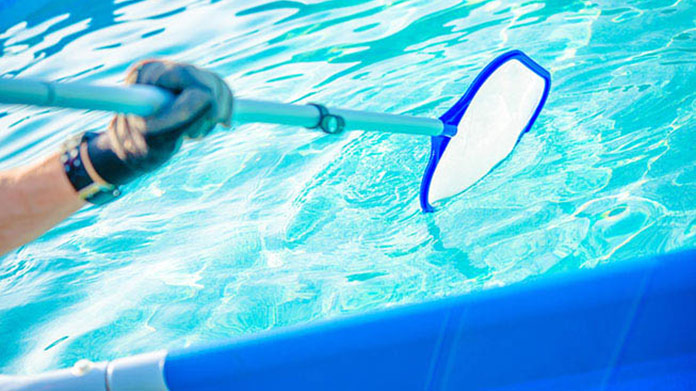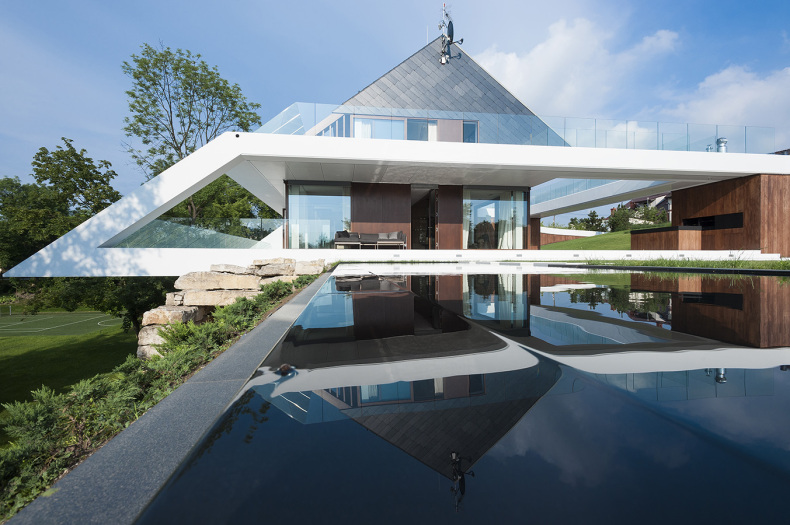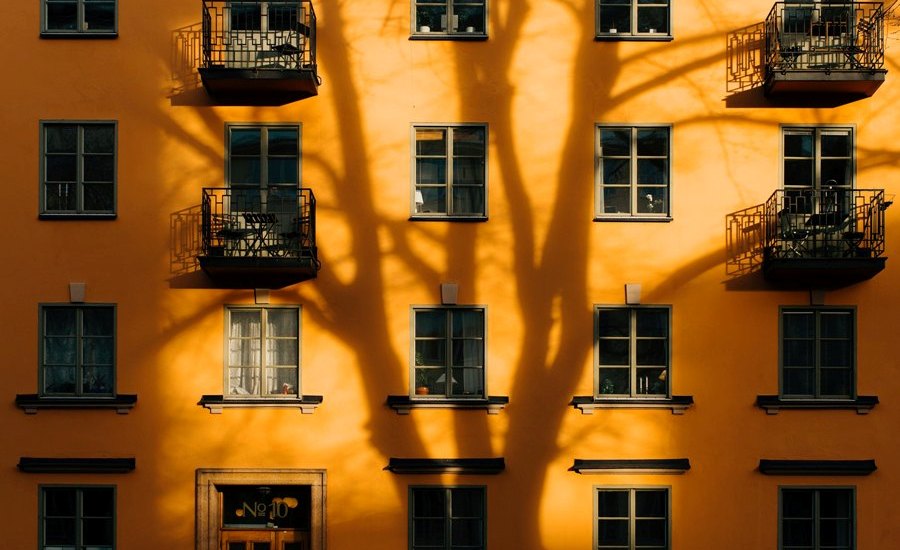A Plunge pool is a small shallow pool for cooling off. It is just for the purpose of lounging, wading and not for swimming or exercising. There are 2 types of plunge pool cold and hot. Cold pools reduce muscle inflammation. Hot pools are used before exercising to ease out muscles and increase blood flow.
Why Plunge pool?
- As the pool is compact, temperature control becomes easier. The cold plunge pools maintain water temperature till 10 degree Celsius and hot pools maintain temperature till 40 degree Celsius.
- The pools with fibreglass construction are easy to clean and the pools with wood core can retain the temperature for a longer period of time.
- They have therapeutic benefits – reduces muscle inflammation, pain and quick recovery time. It is well suited for athletes
- Less maintenance as compared to bigger swimming pools.
- They require less space and can easily fit in small gardens and are ideal for homes with limited outdoor space.
Though they are very relaxing and provide lot of entertainment for the family, the challenging part is to clean the pool regularly. As some plunge pools are built inside the home, everyday cleanliness becomes obligatory. Here are some tips to maintain the plunge pool regularly.
Pool Cleaning
The pool can be cleaned in 3 ways namely Circulation, Chemistry and Cleaning.
Circulation
Circulation with help of small motor avoids the formation of algae. It helps to keep the water clean by its stirring mechanism. For the pool to stay clean one has to run the circulation at least for 12 hours a day.
It is not necessary to use a high speed or low speed pump. The aim is to keep the water in motion. A filter should be attached inside the pool to collect the dirt while the water circulates. This filter should be removed and washed separately every day.
Chemistry
Check the pH level and the chlorine level in the water at least twice a week. The range of pH should be 7.4 to 7.6 and the chlorine level should be 1 to 3 ppm for the pool to be certified as clean. The pool testing should be done after 4 hours of its use. There are several test strips available in the market to test the levels of Chlorine and pH. Chlorine is used to sterilise the water.
Cleaning
For a healthy pool the following cleaning has to be done regularly
- Brush the walls of the pool to remove the dirt and algae every day. Have the circulation pump ON while brushing, so that the debris will be pulled to the filter. Later the filter is removed and cleaned
- Skim the water every day. This will avoid the debris from collecting at the bottom
- Vacuum the pool at least twice a week.
- Scoop the clutters regularly to make the vacuuming easy
Use the above tips to maintain a clean plunge pool!



















